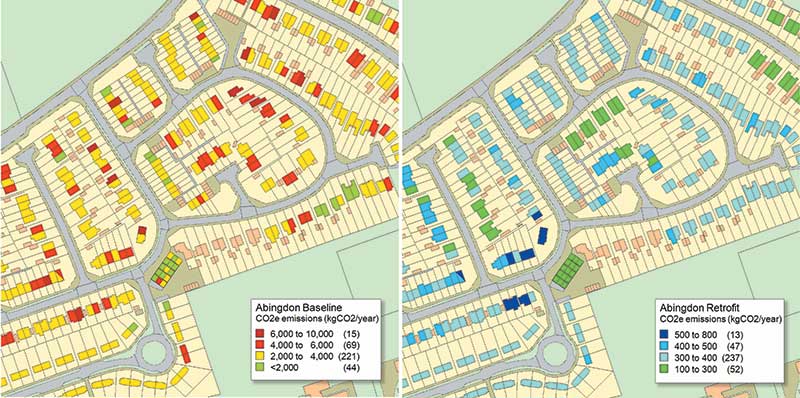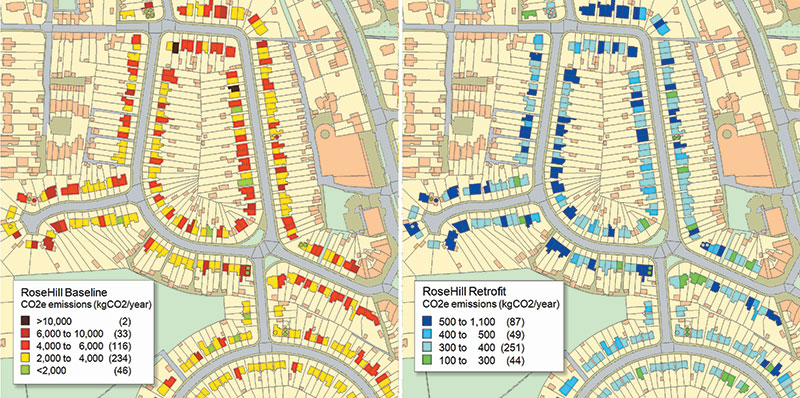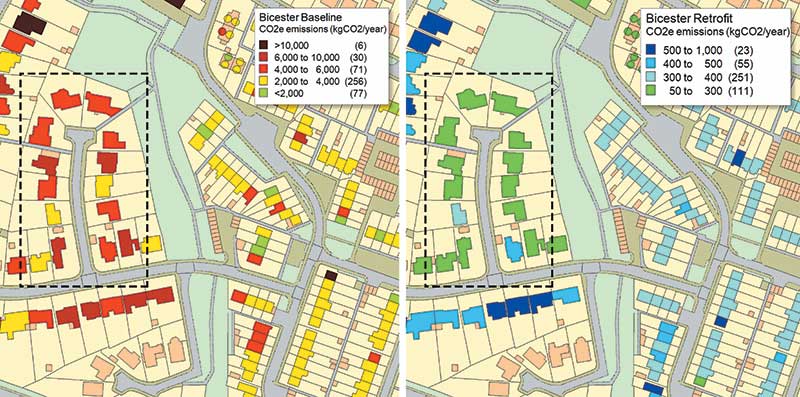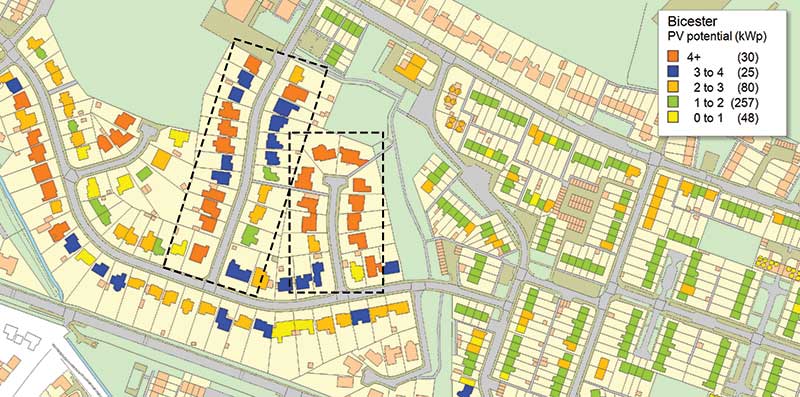Professor Rajat Gupta is helping governments, communities and individual homeowners to understand and reduce domestic energy use and lower household carbon emissions.
Through his proprietary energy mapping software, DECoRuM® – which stands for Domestic Energy, Carbon Counting and Carbon Reduction Model – Rajat can map energy use by household and local area, helping communicate the potential for energy improvements and reduction of fuel bills..
As well as positively influencing policy and practice, DECoRuM® has been used to target energy retrofits that have resulted in real reductions in CO2 emissions, and has proved instrumental in encouraging behaviour change among householders by helping them visualise the potential of these measures to improve their household energy performance.




